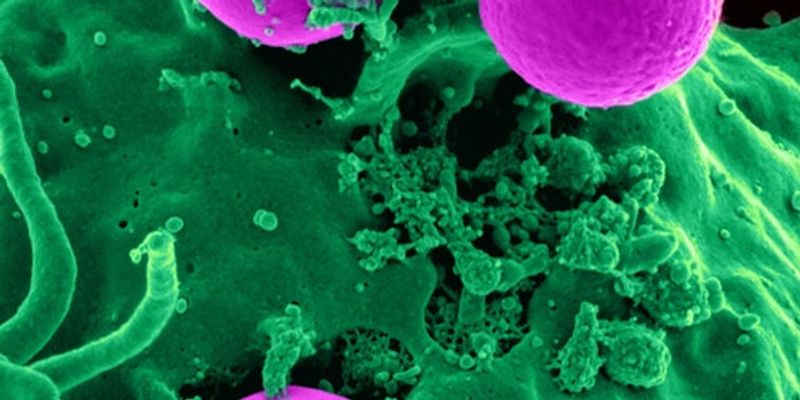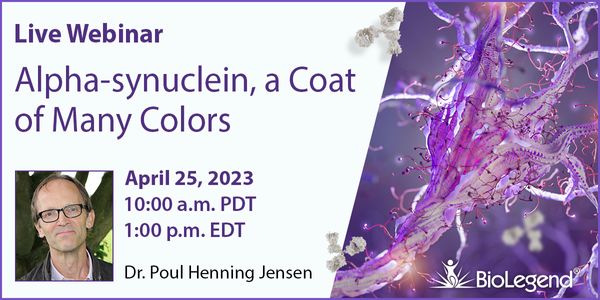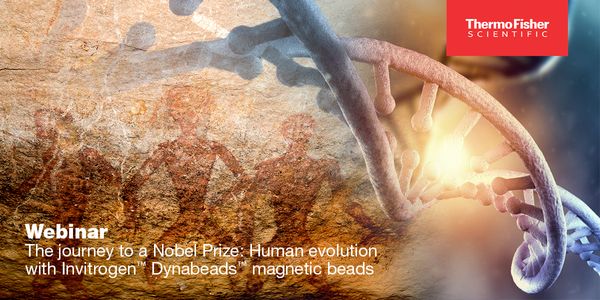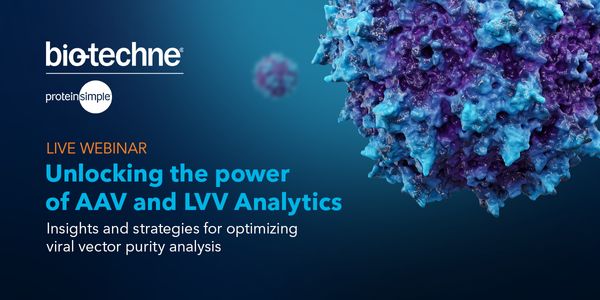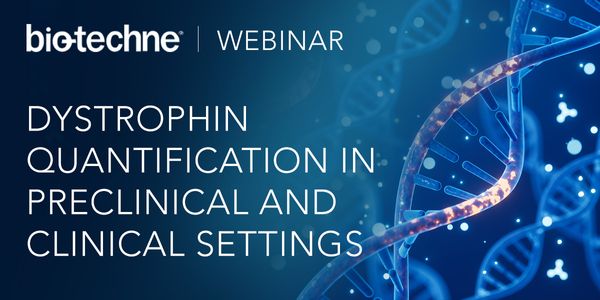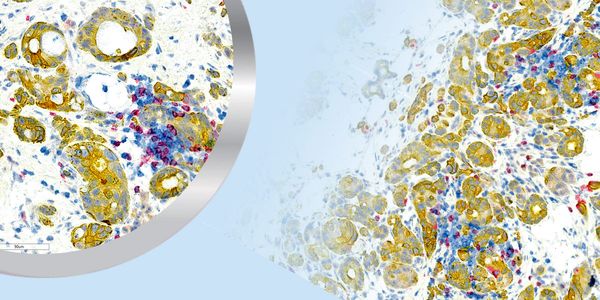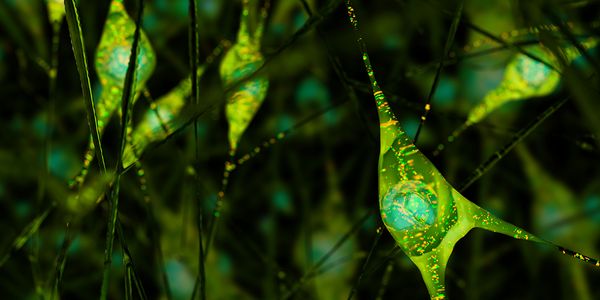Cell
Cell: is the smallest structural and functional unit of an organism, typically microscopic and consisting of cytoplasm and a nucleus enclosed in a membrane. Microscopic organisms typically consist of a single cell, which is either eukaryotic or prokaryotic.
-
Date: April 26, 2023 Time: 8:00am (PDT), 11:00am (EDT), 5:00pm (CEST) The heart is a 380-million-year-old organ, yet we do not have a complete understanding of the molecular landscape in the...
APR 25, 2023 | 10:00 AM
Date: April 25, 2023 Time: 10:00am (PDT), 1:00pm (EDT), 7:00pm (CEST) The presynaptic protein alpha-synuclein (α-syn) is associated with Parkinson’s disease and Lewy body dementi...
APR 25, 2023 | 8:00 AM
Date: April 25, 2023 Time: 8:00am (PDT), 11:00am (EDT), 5:00pm (CEST) This educational webinar will provide an overview of cell sorting techniques used to isolate individual cells based on sp...
APR 25, 2023 | 10:00 AM
Date: April 25, 2023 Time: 8:00am (PDT), 11:00am (EDT), 5:00pm (CEST) A liquid biopsy is a non-invasive alternative to a surgical biopsy that enables researchers to learn a range of infor...
APR 25, 2023 | 8:00 AM
Date: April 25, 2023 Time: 8:00am (PDT), 11:00am (EDT), 5:00pm (CEST) Several promising immunotherapies have emerged in recent decades due to advances in cancer immunology. The paradigm o...
APR 20, 2023 | 7:00 AM
Date: April 20, 2023 Time: 7:00am (PST), 10:00am (EST), 4:00pm (CET) he study of human evolution. A decade ago, his team managed to sequence the Neanderthal and Denisovan genomes which resul...
APR 12, 2023 | 8:00 AM
Date: April 12, 2023 Time: 8:00am (PDT), 11:00am (EDT), 5:00pm (CEST) Recombinant adeno-associated viruses (AAVs), lentiviral vectors (LVV), and adenoviru...
APR 11, 2023 | 8:00 AM
Date: April 11, 2023 Time: 8:00am (PDT), 11:00am (EDT), 5:00pm (CEST) Duchenne muscular dystrophy is caused by mutations in the dystrophin encoding DMD gene that disrupt the reading frame. M...
DNA vaccines have emerged as a promising technology for developing COVID-19 vaccines due to their ability to be quickly designed and manufactured after obtaining the pathogen or cancer antig...
Speaker:
Mark Wei, PhD
Many commercially promising proteins are difficult-to-express (DTE) in living cells and are lost before an industrial production process can be established. Cell-free protein expression (CFP...
Speaker:
Charles Williams, PhD
The biopharmaceutical industry is transitioning towards continuous biomanufacturing processes that require advanced analytical tools to monitor and control bioprocesses to produce high-quali...
Speaker:
Shishir P. S. Chundawat, PhD
, Áron Györgypál, PhD
Presented at: Bioprocessing Virtual Event Series 2023
During my research career I have worked to further understanding of how intracellular organisation changes in response to the needs and environment of the living cell, focusing on the regula...
From gene cloning and initial clone selection through to final cell evaluation, the continual assessment of cell count and viability is important for determining the best growing and highest...
Speaker:
Daryl Cole, PhD
As the use of engineered cells for the production of numerous research and clinical applications increases, the need to monitor multiple markers representing the stability and quality of the...
Speaker:
Stephen Angeloni, PhD
, Jacqueline Surls, PhD
In the past decade, there has been an increasing emphasis on translational research focused on cell and gene therapy. This has led to significant scientific advances in understanding disease...
Speaker:
Daksha Patel, PhD
